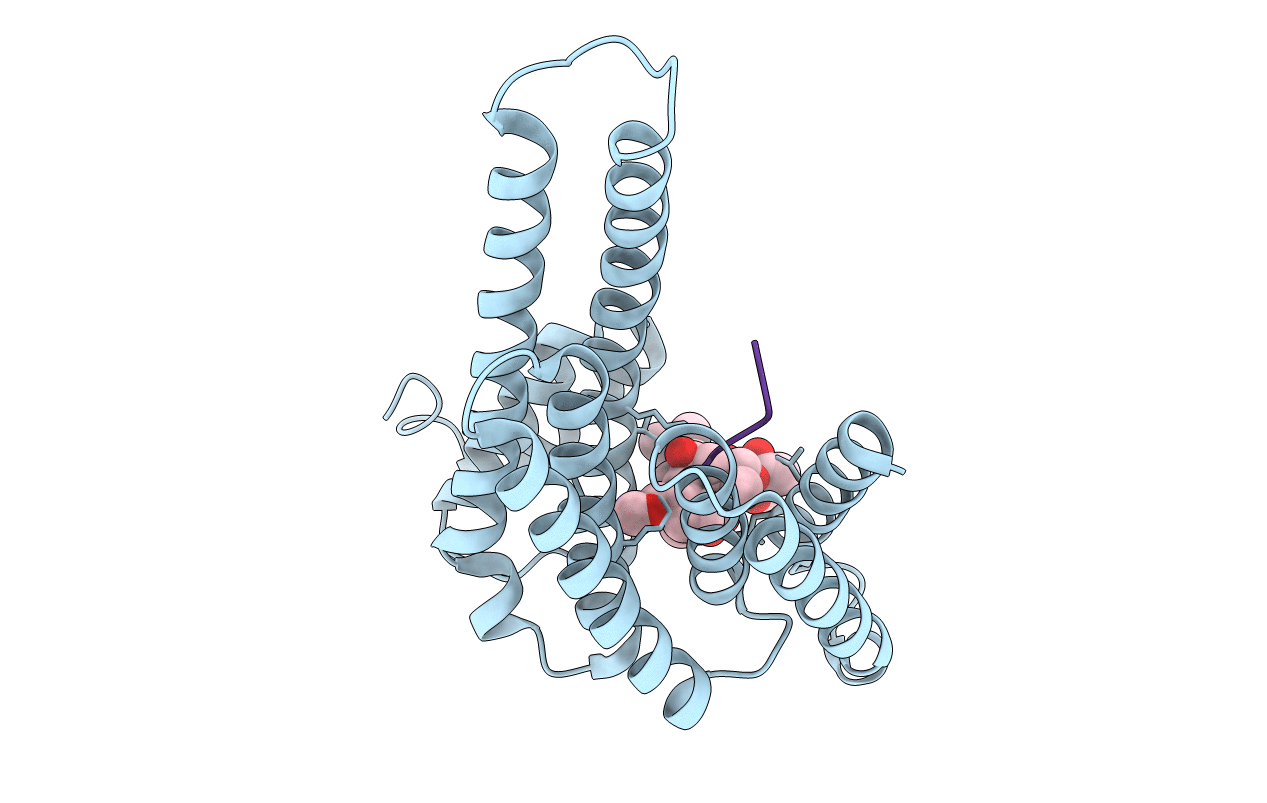
Deposition Date
2013-02-25
Release Date
2013-05-15
Last Version Date
2024-10-30
Entry Detail
PDB ID:
4JDD
Keywords:
Title:
14-3-3 protein interaction with Estrogen Receptor Alpha provides a novel drug target interface
Biological Source:
Source Organism:
Homo sapiens (Taxon ID: 9606)
Host Organism:
Method Details:
Experimental Method:
Resolution:
2.10 Å
R-Value Free:
0.23
R-Value Work:
0.19
R-Value Observed:
0.19
Space Group:
C 2 2 21


